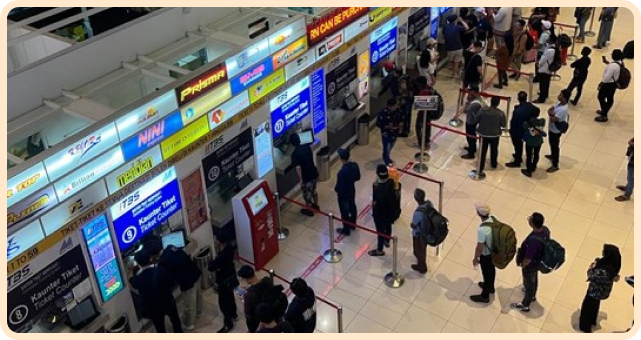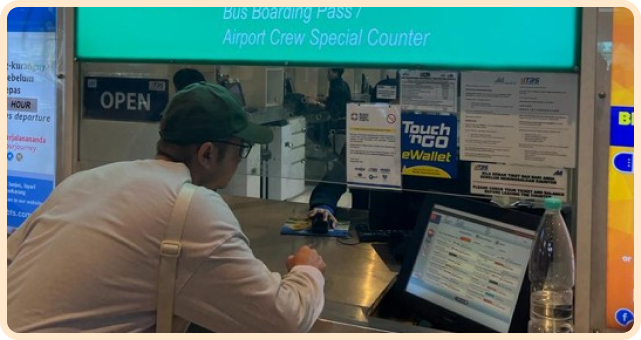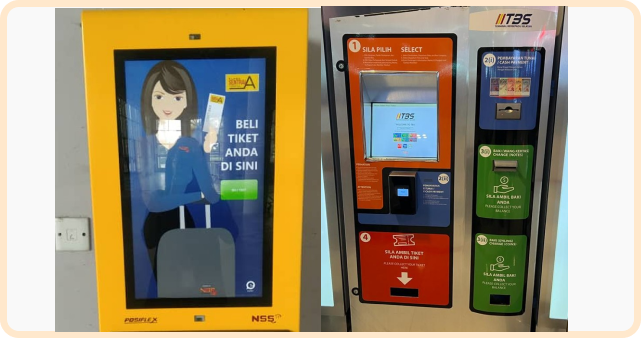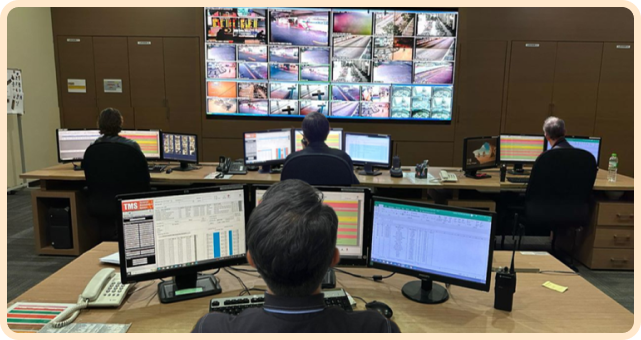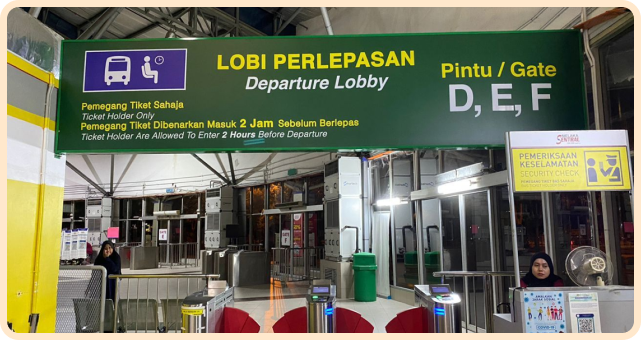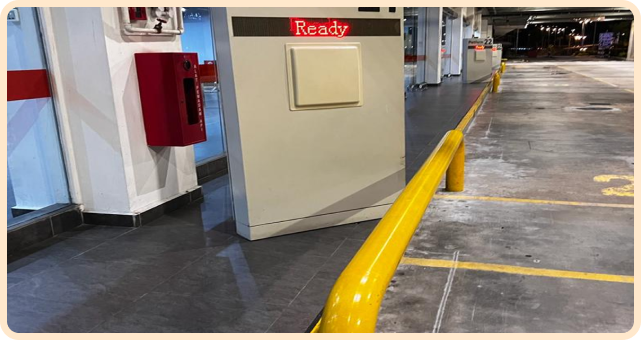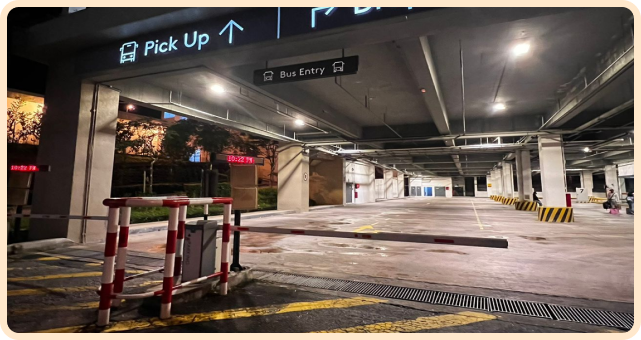Transportion IT solutions
Terminal Operation System (TOS)
Our Terminal Operation System (TOS) serves as a central system for efficient management and oversight of terminal operations, contributing to operational efficiency, cost savings, and an enhanced experience for both operators and passengers.
It plays a vital role in optimizing various aspects of terminal management and ensuring the smooth operation.
 TOS comprises of two solutions as below
TOS comprises of two solutions as below
Traffic Management System (TMS)
Centralized Ticketing System (CTS)
Centralized Ticketing System (CTS)
CTS is a centralised ticketing system, serving as a unified and integrated platform that manages the issuance,
distribution and processing of tickets across multiple channels, including ticketing web platforms,
mobile applications, ticketing counters and self-service TVMs. It also consolidates ticket-related operations
into a single system, which streamlines and simplifies the processes of ticket sales, issuance and management.
The pictures above show some examples of ticket sales via ticketing counters and self-service TVMs available at the
terminals.
We have customised and developed CTS for our bus and rail segments:
Ticketing interface
Booking management
Payment gateway
Data analysis and reporting
API integration
Cashless ticket purchasing
Real-time information management
Customer profile management
Data analysis and reporting
Security and fraud detection
Integration with other systems
Traffic Management System (TMS)
TMS is generally applied to terminal based operations as the system infrastructure optimises the utilisation of
platform bays, and management and control of the arrival and departure gates. TMS operates from a command centre
in terminals, serving as a centralised hub for managing the arrival and departure of buses, passengers’ traffic,
safety and security, and other key aspects of terminal operations. With TMS, the administrator can oversee the entire
terminal operations from a single location via IP cameras that are placed throughout the terminal.
Here is how TMS contributes to these benefits:


